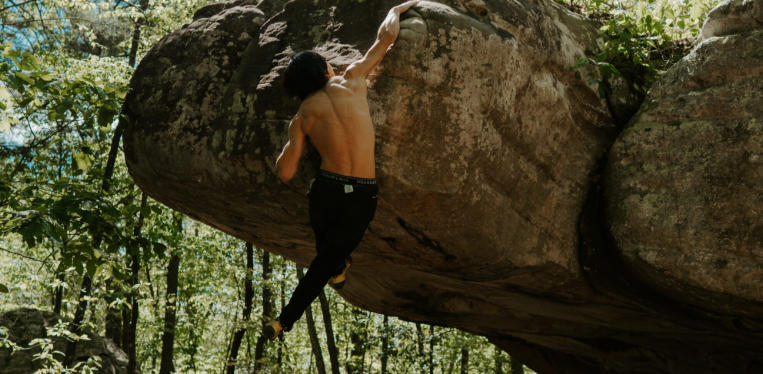Bouldering V3: A Climber’s Guide to Progression
Bouldering is a thrilling sport that combines strength, technique, and problem-solving skills. As climbers look to challenge themselves, the V-scale provides a benchmark for difficulty. V3, often seen as a significant milestone, is where many climbers push their limits and hone their skills. In this article, we’ll explore what it takes to climb V3, key techniques to master, and tips for improving your performance.
Understanding the V3 Difficulty Level
The V-scale is a widely recognized system for rating bouldering routes, with V0 as the easiest and V17 being the most challenging. V3 is typically considered an intermediate grade, which means that climbers at this level have a solid grasp of basic techniques and can start exploring more complex moves. To successfully tackle a V3 problem, climbers should possess a combination of power, body awareness, and problem-solving ability. It’s the perfect level to test your skills while still offering plenty of room for growth.
Key Techniques for Climbing V3
At the V3 level, mastering certain climbing techniques is essential for success. One of the most important skills is foot placement. Precision in footwork can often make the difference between slipping off a hold and powering through it. Additionally, mastering dynamic movements, such as jumping or reaching for holds, will help you navigate more complex problems that a V3 may present. Don’t underestimate the importance of core strength in this phase, as a strong core enables better body positioning and balance, making even the most challenging climbs feel within reach.
Tips for Progressing Beyond V3
As you’re working on improving your V3 climbing, consider diversifying your practice routine. Strength training off the wall, focusing on finger strength and flexibility, can substantially enhance your climbing performance. Incorporating traverses can also build stamina and improve your technique. Don’t forget about the mental aspect of climbing; visualizing a route before you attempt it can help boost your confidence and lead to successful ascents. Finally, climbing with others can provide valuable insights and camaraderie, making your bouldering experience even more enjoyable.
In conclusion, tackling V3 is an exciting and rewarding challenge for intermediate climbers. By refining your techniques, training smart, and embracing the social side of bouldering, you can not only conquer V3 but also open the door to even more advanced routes. So, lace up your climbing shoes, find a local climbing gym, and start pushing your limits! Happy climbing!
